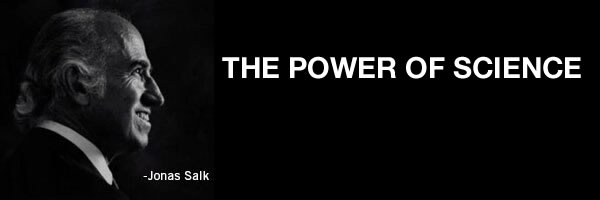Publications
Foundations
Albright (2012). On the perception of probable things: neural substrates of associative memory, imagery, and perception. Neuron 74(2), 227-245. PDF
Gepshtein (2010). Two psychologies of perception and the prospect of their synthesis. Philosophical Psychology 23 (2), 217-281.PDF
Navlakha & Bar-Joseph (2014). Distributed information processing in biological and computational systems. Communications of the ACM 58(1), 94-102. PDF
Sharpee, Calhoun & Chalasani (2014). Information Theory of Adaption in Neurons, Behavior, and Mood. Current Opinion in Neurobiology 25, 47-53. PDF
Sejnowski, Poizner, Lynch, Gepshtein & Greenspan (2014). Prospective optimization. Proceedings of the IEEE 102 (5), 799-811. PDF
Behavioral studies
Gepshtein, Wang, He, Diep & Albright (2020). A perceptual scaling approach to eyewitness identification. Nature Communications, 11, Article number: 3380. LINK
Sharpee & Berkowitz (2019). Linking neural responses to behavior with information-preserving population vectors. Current Opinion in Behavioral Sciences, 29, 37-44. LINK
Calhoun, Chalasani & Sharpee (2014). Maximally informative foraging by Caenorhabditis elegans. eLife 3, e04220. PDF
Gepshtein & Kubovy (2007). The lawful perception of apparent motion. Journal of Vision 7 (8):9, 1-15 PDF
Gepshtein, Lesmes & Albright (2013). Sensory adaptation as optimal resource allocation. Proceedings of the National Academy of Sciences, USA 110 (11), 4368-4373. PDF
Gepshtein, Li, Snider, Plank, Lee & Poizner (2014). Dopamine function and the efficiency of human movement. Journal of Cognitive Neuroscience 26 (3), 645-657 PDF
Snider, Lee, Poizner & Gepshtein (2015). Prospective optimization with limited resources. PLoS Computational Biology, 11 (9): e1004501. doi:10.1371/journal.pcbi.1004501. PDF
Neural mechanisms
Pawar, Gepshtein, Savel’ev & Albright (2019). Mechanisms of spatiotemporal selectivity in cortical area MT. Neuron, 101 (3), 514-527. PDF
Sharpee (2017). Optimizing neural information capacity through discretization. Neuron, 94(5), 954-960. PDF
Shen, Dasgupta & Navlakha (2020). Habituation as a neural algorithm for online odor discrimination. Proceedings of the National Academy of Sciences, 117(22), 12402-12410. PDF
Jurica, Gepshtein, Tyukin & van Leeuwen (2013). Sensory optimization by stochastic tuning. Psychological Review 120 (4), 798-816. PDF
Kastner, Baccus & Sharpee (2015). Critical and maximally informative encoding between neural populations in the retina. Proceedings of the National Academy of Sciences, USA 112(8), 2533-2538. PDF
Schlack & Albright (2007). Remembering visual motion: neural correlates of associative plasticity and motion recall in cortical area MT. Neuron 53(6), 881-890. PDF
Sharpee, Kouh & Reynolds (2013). Trade-off between curvature tuning and position invariance in visual area V4. Proceedings of the National Academy of Sciences, USA 110(28), 11618-11623. PDF
Snider, Plank, Lynch, Halgren & Poizner (2013). Human cortical θ during free exploration encodes space and predicts subsequent memory. The Journal of Neuroscience, 33 (38), 15056-15068. PDF
Molecular mechanisms
Wilkinson, … , Navlakha, Panda, … (2020). Ten-hour time-restricted eating reduces weight, blood pressure, and atherogenic lipids in patients with metabolic syndrome. Cell Metabolism, 31(1), 92-104. LINK
Cho, Zhao, Hatori, Ruth, Barish, Lam, …, Panda & Evans (2012). Regulation of circadian behaviour and metabolism by REV-ERB-[agr] and REV-ERB-[bgr]. Nature 485(7396), 123-127. PDF
DiTacchio, Le, Vollmers, Hatori, Witcher, Secombe & Panda (2011). Histone lysine demethylase JARID1a activates CLOCK-BMAL1 and influences the circadian clock. Science 333(6051), 1881-1885. PDF
Navlakha, He, Faloutsos & Bar-Joseph (2014). Topological properties of robust biological and computational networks. Journal of The Royal Society Interface 11(96), 20140283. PDF


